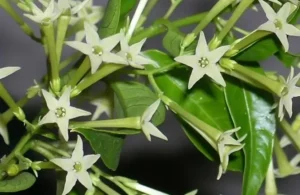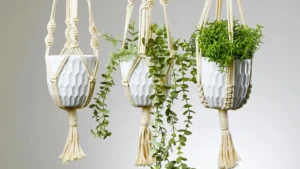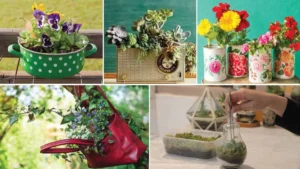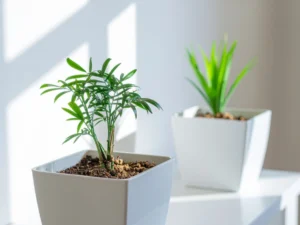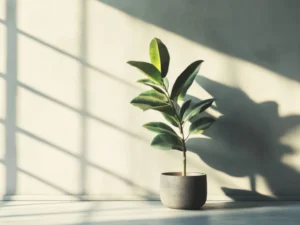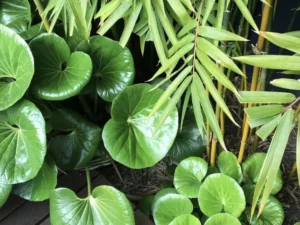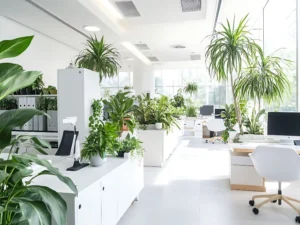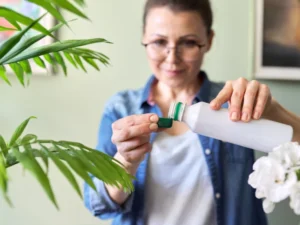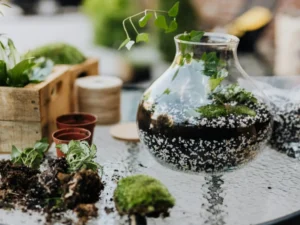Indoor garden enthusiasts tend to choose peace lily plant because it possesses beautiful white flowers and nice leaves. It is a kind of air purifying indoor plant that is easy to maintain; hence, it can be given as a gift both to those who are just starting gardening and experienced green thumbs. But what do these plants need for their healthy development? This article will guide you through the process of growing peace lily in order for them to thrive and make your home beautiful.
Why Choose a Peace Lily? 🌱🏡
To understand why this flower is so loved, we need first to know why people have chosen the plant instead of other indoor plants. Peace lilies are known as attractive decorative plants. Additionally, peace lilies are not difficult to care for hence they are perfect for individuals with little ability in gardening.
Choosing the Right Peace Lily Variety 🌸🛒
Peace lilies come in different types and sizes such as ‘Petite’ which is compact or ‘Sensation’ which is big. If you plan on growing peace lily plants then the right variety will depend on space availability and personal tastes with regard to aesthetics. Smaller varieties work well on tables or shelves while larger ones could be an excellent showpiece in your living room.
Optimal Conditions for Growing Peace Lily 🌞💧
Keep these items together if you want your peace lily to survive;
Light Requirements ☀️💡
This bell likes brighter indirect sunlight because direct sunshine burns its leaves while low lighting negatively affects flowering hence more often than not a place where there is no direct light like window facing north/east could fit best; alternatively when there is less natural light like in offices fluorescent lights are considered good enough for peace lilies.
Watering Needs 🚿💦
This is the only way peace lily plants will grow right; water. Keep the soil consistently moist but not wet all the time as it might cause root rot which is a common problem affecting peace lilies. It better when you irrigate after feeling like the top inch of the soil is drying out, whereas during winter months slow their growth decreasing water just a little bit.
Humidity and Temperature 🌡️💨
Peace lilies grow better in warm humid climates. They like to be kept at temperatures ranging from 65°F to 80°F (18°C – 27°C). If your house gets too dry especially during winter, add some moisture to the atmosphere by using a humidifier or placing a tray filled with pebbles under your plant.
Soil and Fertilizing 🌿🥄
For growing peace lily plants well drained soil mix is essential. One should use good quality potting mix with extra sand or perlite in order to avoid compaction of soils in pots. Use balanced soluble fertilizers every six to eight weeks during its growing season (spring and summer) so as to keep peace lily bushy provided they are not overused because salt residues that may damage your plants can accumulate.
Repotting and Pruning Your Peace Lily 🌾✂️
At times, your peace lily may require repotting because of growing too big for its pot as it has grown in size over the years. Potting should be done once every two or three years. Get a larger pot than the one you already have; it must have holes punched in it to let water out otherwise it will die due to flooding which looks like it is fulfilled by this single action alone!
When pruning peace lilies, less attention is required. To keep the plant fresh and healthy, discard yellow dying leaves and faded flowers. Additionally, during repotting, you can separate the plant if your peace lily grows too big or leggy.
Problems Commonly Encountered When Growing Peace Lilies 😟🪲
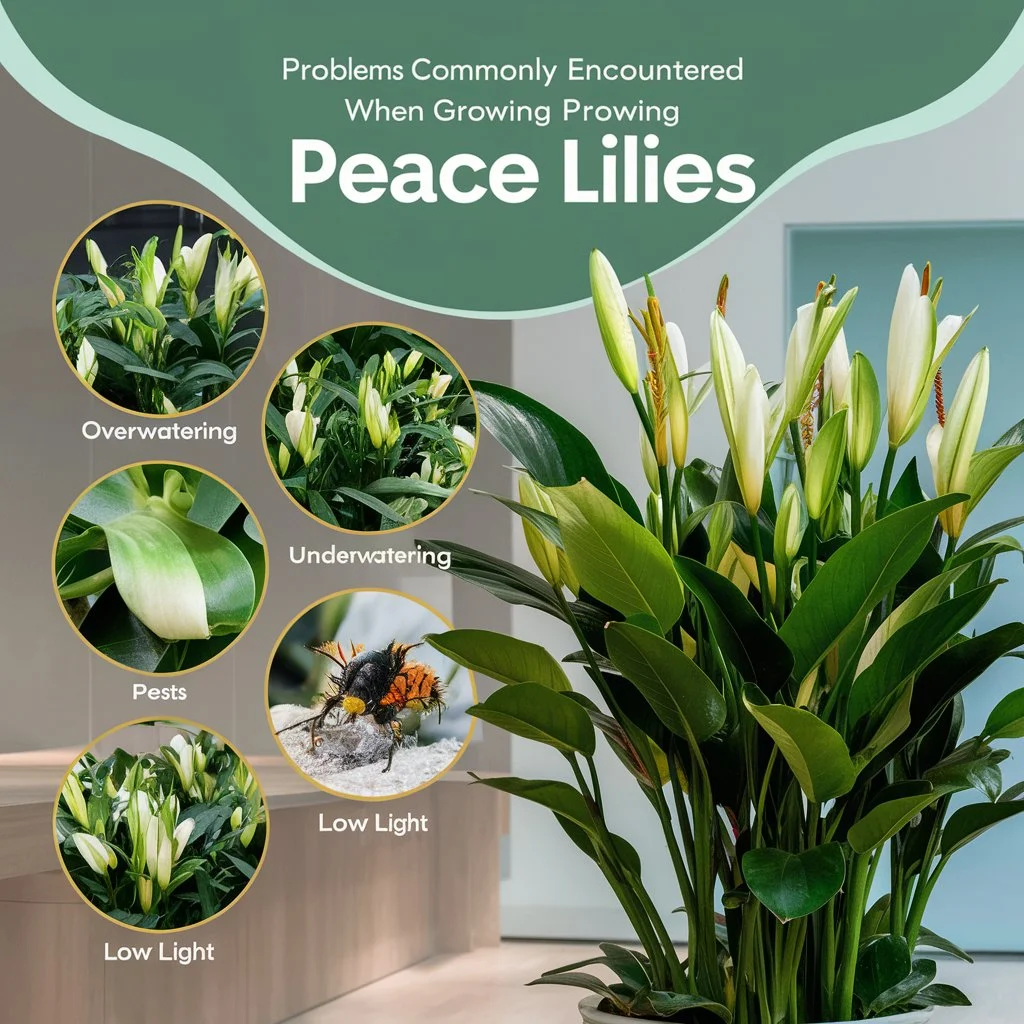
While they are considered low maintenance houseplants, peace lilies also have their own share of problems. Here are some common issues that may arise and how to deal with them:
Brown Leaf Tips 🍂🔍
Brown tips on leaves usually mean that there is low humidity in the room or that you are not watering regularly enough. Ensure there’s good hydration for your peace lily by misting its leaves often.
Yellowing Leaves 🍃❓
Yellowing foliage can occur when the plants receive either too little or too much water as well as inadequate lighting conditions. Check around the plant and fix any anomalies.
Lack of Blooms 🌱🚫
If you don’t see blooms on your peace lily, then know that lack of light could be causing it. Transfer it to a place with more brightness but make sure no fertilizers exceed recommended amounts because excessive fertilizer also prevents flowering.
Propagating Peace Lilies 🌼🌿
Growing new plants from existing ones is relatively easy using division method. This entails splitting the plant into different pieces with separate root systems, here’s how:
Remove the Plant from Its Pot: Carefully take out your peace lily plant from the pot and shake off any excess soil.
Separate the Roots: Break up the root mass into smaller sections ensuring that each section has a set of healthy roots and leaves.
Repot the Divisions: Place each one in fresh potting mix, water thoroughly, and locate them in indirect light.
Propagation of peace lilies allows you to control their size as well as gift these gorgeous plants to loved ones.
Conclusion:
Growing peace lily plants is a great way to bring life into your home while also adding beauty. With their elegant looks and air-freshening capabilities, peace lilies are ideal for any indoor area. If you follow proper lighting, watering and TLC, may you enjoy the lush green foliage and stunning white blossoms on your peace lily for years ahead?
Peace lilies suit people who like it simple but beautiful; whether they have been keeping houseplants for a long time or just started recently. Then why don’t you add one more to that batch for growing joyfully?


